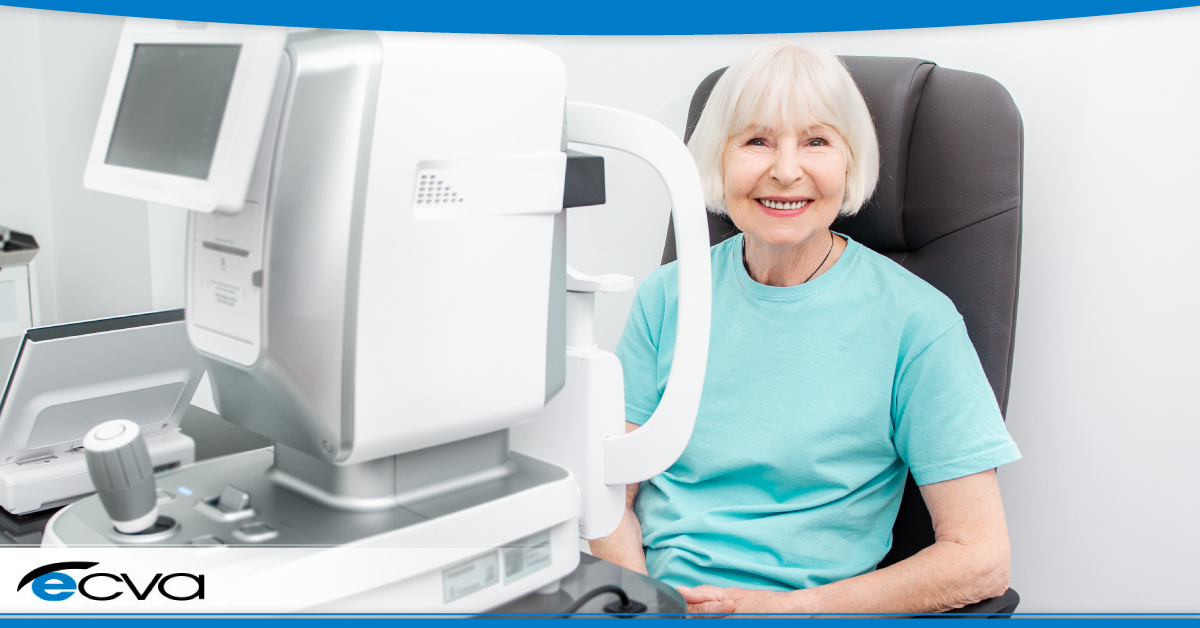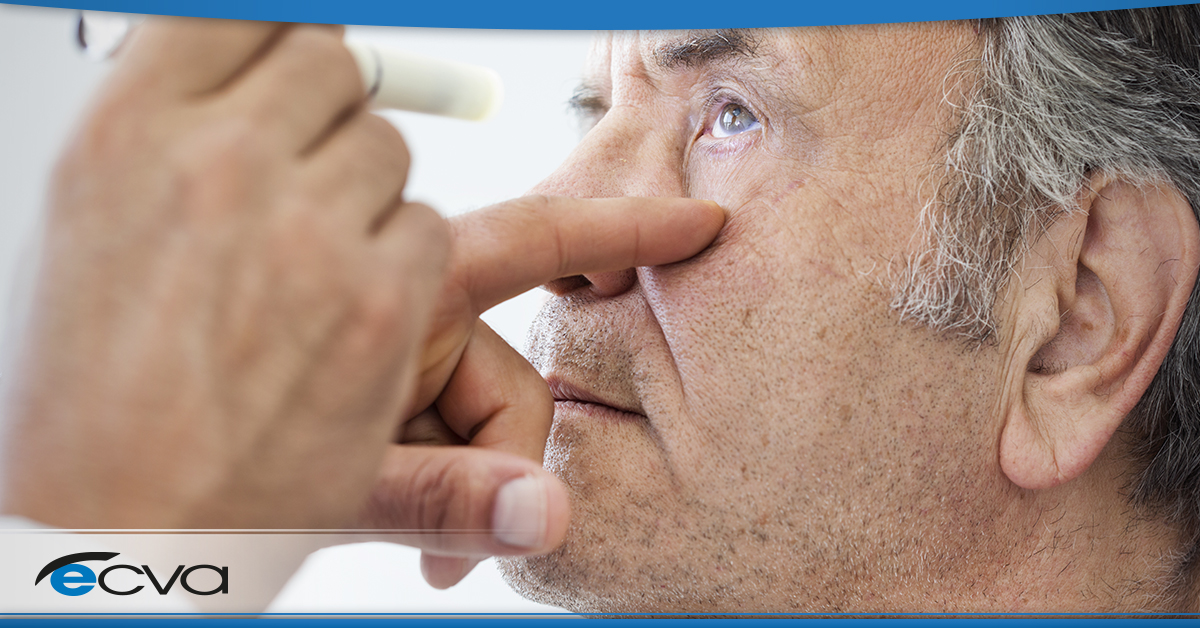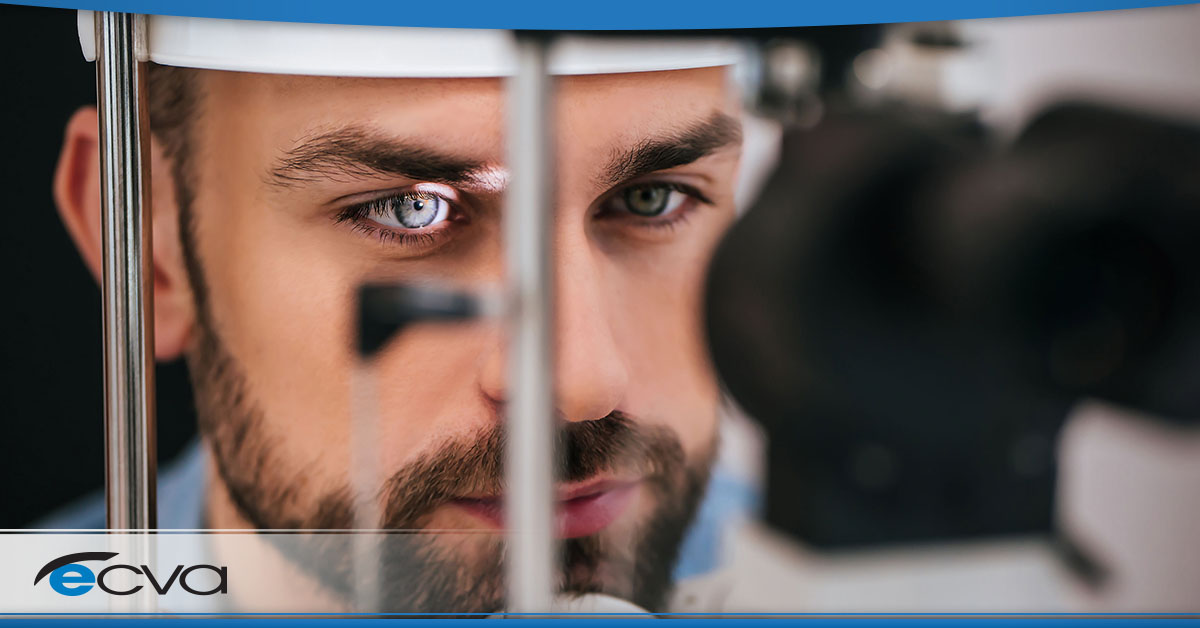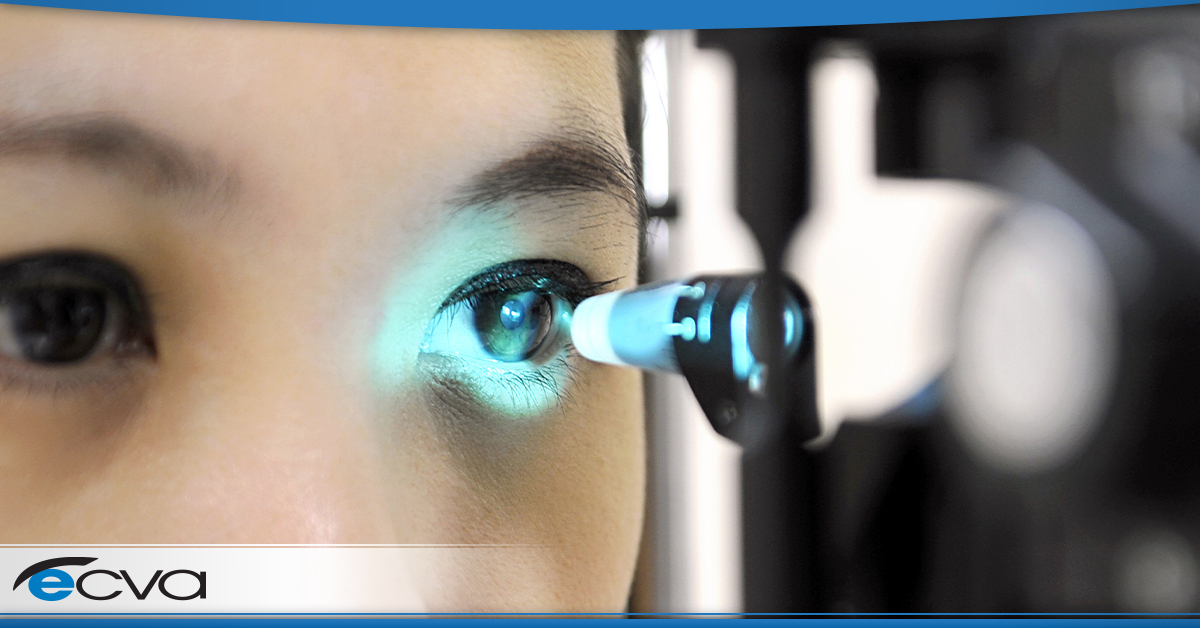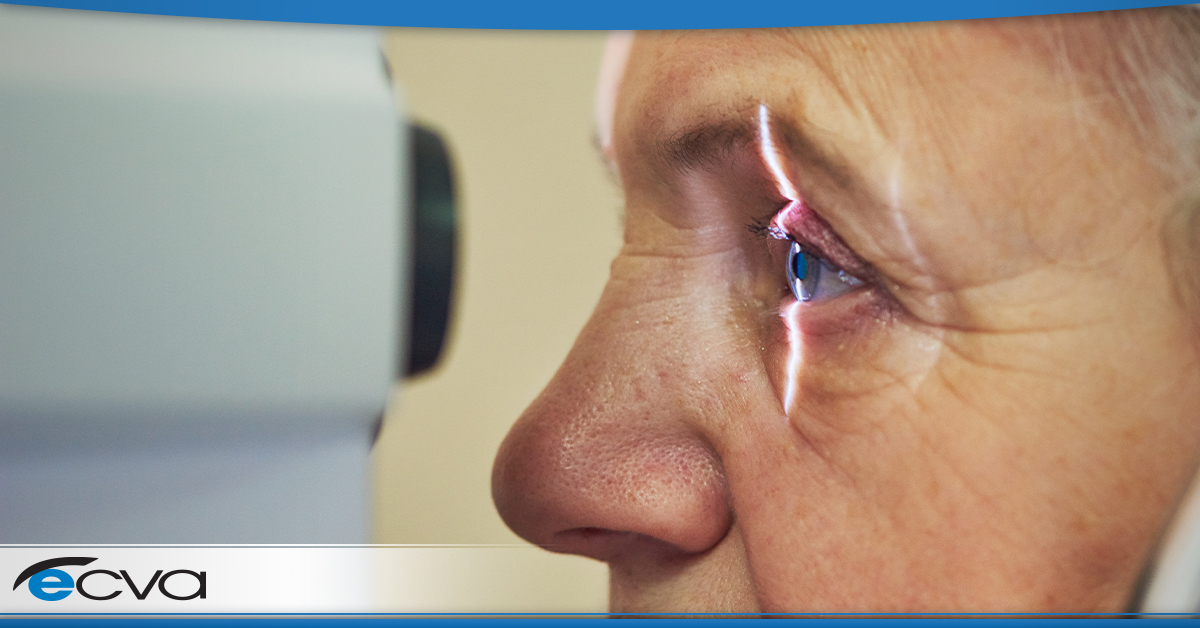There’s a reason why we call glaucoma the ‘silent thief of sight,’; 10% of patients who receive treatment still experience vision loss. Each year, more than 120,000 Americans experience blindness from this disease.
Glaucoma causes an increase in intraocular pressure (IOP), which can damage the eye’s optic nerve over time. While glaucoma is typically managed through medication and lifestyle changes, there are instances when glaucoma surgery becomes necessary to halt its progressive damage. This article explores the treatments available and how glaucoma surgery in WNY can save your eyesight.
When is Glaucoma Surgery Necessary?
Progressive damage to the optic nerve is the primary concern in glaucoma management. In the early stages of the disease, doctors prescribe eye drops or oral medications to lower IOP and prevent further damage. These medications work by reducing the production of aqueous humor (the fluid inside the eye) or increasing its drainage. However, not all patients respond well to medications, and some may experience continued optic nerve deterioration despite consistent treatment.
When glaucoma’s progression cannot be adequately controlled with medication alone, surgical intervention becomes necessary. Doctor’s base this decision on a careful assessment of the patient’s optic nerve health, visual field tests, and the rate of disease progression. Surgery creates alternative pathways for drainage aqueous humor, thus reducing IOP and preventing further damage to the optic nerve.
Medication intolerance is another factor that can necessitate glaucoma surgery. Some individuals may be sensitive or allergic to the components of glaucoma medications, leading to unpleasant side effects or an inability to tolerate the prescribed eye drops. Common side effects of glaucoma medications include redness, burning, stinging, and changes in heart rate. These complications significantly impact the patient’s quality of life, so doctor’s may explore alternative treatment options like surgery.
Advanced glaucoma presents a critical scenario where surgery is often the only viable option. In advanced stages of the disease, optic nerve damage is extensive, and visual field loss is significant. Medications alone may no longer be sufficient to control IOP and prevent further vision deterioration. Surgical intervention is crucial in these cases to salvage the vision and halt further progression.
What are the Different Types of Glaucoma Surgery?
Glaucoma surgery offers a long-term solution for individuals who cannot tolerate or do not respond well to medications. Glaucoma surgery encompasses various techniques and procedures aimed at reducing intraocular pressure (IOP) and preserving the health of the optic nerve. The choice of surgery depends on the type and severity of glaucoma, the patient’s medical history, and other factors. Some of the different types of glaucoma surgery include:
- Trabeculectomy is one of the most common and traditional surgical procedures for glaucoma. In this procedure, a small flap is created in the white part of the eye (sclera), allowing aqueous humor (the eye’s fluid) to drain out of the eye. A filter is formed under the conjunctiva (the clear covering over the sclera) to collect and regulate fluid drainage. Trabeculectomy is performed in open-angle glaucoma cases to help reduce intraocular pressure.
- Tube shunt implantation involves inserting a small tube or shunt into the eye to create a drainage pathway for aqueous humor. The tube is typically placed in the front part of the eye (the anterior chamber) or the back part of the eye (the vitreous cavity), depending on the specific type of tube used. This surgical approach is often chosen when trabeculectomy is less likely to succeed or has failed in controlling intraocular pressure.
- Goniotomy and trabeculotomy are minimally invasive procedures typically performed in infants and children with congenital glaucoma. Goniotomy involves using a specialized lens to access and open the eye’s drainage angle, allowing better fluid outflow. Trabeculotomy involves making tiny incisions in the trabecular meshwork (the eye’s drainage system) to enhance fluid drainage. These procedures treat congenital or pediatric glaucoma by improving the fluid drainage from the eye.
- Laser surgeries are less invasive than traditional surgeries and can be performed in an outpatient setting. Laser surgery is often used as a primary treatment or adjunct to medication, especially in open-angle glaucoma. There are several types effective for glaucoma management:
- Laser trabeculoplasty involves using a laser to treat the trabecular meshwork, enhancing fluid drainage.
- Selective laser trabeculoplasty (SLT) targets specific cells in the drainage system, reducing IOP.
- Laser cyclophotocoagulation aims to decrease fluid production by treating the ciliary body.
- Minimally Invasive Glaucoma Surgery (MIGS) procedures are a group of less invasive techniques designed to lower IOP with fewer complications and a shorter recovery time to traditional surgeries. Some common MIGS procedures include iStent, Hydrus Microstent, and Xen Gel Stent. These devices are typically implanted during cataract surgery or as standalone procedures and are suitable for patients with mild to moderate glaucoma.
- Cyclodestructive procedures involve destroying or reducing aqueous humor production by treating the ciliary body. These procedures are for advanced or refractory glaucoma cases. Options include cyclophotocoagulation using lasers or cryotherapy (freezing) to target the ciliary body.
The choice of glaucoma surgery depends on various factors, including the type and severity of glaucoma, the patient’s overall health, and the surgeon’s expertise. Individuals with glaucoma must consult with glaucoma specialists to determine the most appropriate surgical approach for their specific condition.
What to Expect Following Glaucoma Surgery in WNY
Like any major surgery, there will be a recovery period after your glaucoma procedure.
How Long Does It Take to Recover from Glaucoma Surgery
Glaucoma surgery reduces IOP and preserves the health of the optic nerve, especially when conservative treatments like medications have proven ineffective. The recovery period after glaucoma surgery varies depending on the specific procedure performed, the individual’s overall health, and the extent of the surgical intervention.
Immediate Post-Op Period
The immediate post-operative period spans the first few hours after glaucoma surgery. During this time, patients are typically monitored in a recovery area to ensure no immediate complications. You may experience some discomfort, redness, or blurred vision immediately after the surgery. Always have someone accompany you for transportation home as your vision may be impaired.
First Few Days After Surgery
In the first few days after glaucoma surgery, it is common to experience some discomfort, mild pain, and blurred vision. The eye may be sensitive to light, and you may notice some redness and swelling around the surgical site. The use of prescribed eye drops or ointments is essential during this period to prevent infection and promote healing. It’s crucial to follow the medication schedule as prescribed by your surgeon.
Your doctor will advise you to avoid activities that could increase intraocular pressure, such as heavy lifting, straining, or bending over. Additionally, driving may be restricted during this time due to vision impairment. Most patients are advised to take it easy and rest as much as possible during the first few days.
Week 1-2
During the first week or two after glaucoma surgery, the initial discomfort and redness typically subside. Your vision may start to improve, but it may take some time to stabilize fully. Many patients can gradually resume light activities, but should still avoid strenuous exercise and lifting heavy objects. Be sure to follow your surgeon’s recommendations regarding activity levels.
Attend follow-up appointments with your eye surgeon as scheduled during this period. These appointments are crucial for monitoring your progress and making any necessary adjustments to your medication regimen. Your surgeon will also assess the success of the surgery in reducing intraocular pressure.
Week 2-6
Between the second and sixth weeks after glaucoma surgery, your eye should continue to heal and stabilize. Vision improvement may be more noticeable during this time, although it can still vary from person to person. Many patients can gradually return to their regular daily activities, including work, with the approval of their surgeon.
The frequency of post-operative check-ups may decrease during this period, but it’s essential to continue using prescribed eye drops as directed. Your surgeon will monitor your IOP and evaluate the long-term effectiveness of the surgery.
Long-Term Recovery
Long-term recovery from glaucoma surgery extends beyond the initial weeks and can last several months. While you may experience significant improvement in vision and IOP control, it’s important to remember that glaucoma management is a long-term effort that requires ongoing steps. Regular follow-up appointments with your glaucoma specialists are essential to monitor the health of your eyes and make any necessary adjustments to your treatment plan.
Tips for Glaucoma Surgery Aftercare
No matter the type of glaucoma surgery, the most important advice is to follow your doctor’s orders diligently. For example:
- Adhere to the prescribed medication schedule diligently, as eye drops or ointments are critical to preventing infection and promoting healing.
- Take it easy during the early recovery period. Avoid heavy lifting, strenuous exercise, and activities that could increase intraocular pressure.
- Keep all scheduled follow-up appointments with your glaucoma specialists to monitor your progress and ensure the success of the surgery.
- Wear the protective eyewear your surgeon recommends, especially during activities where there is an injury risk.
- A healthy lifestyle, including a balanced diet and regular exercise, can contribute to your overall eye health and well-being.
- Educate yourself about glaucoma and its management. Understanding your condition can help you make informed decisions about your care and improve glaucoma management for the long haul.
Consult the Experts at ECVA for Glaucoma Surgery in WNY
Glaucoma surgery in WNY starts with a visit to the experienced practitioners at Eye Care & Vision Associates (ECVA). We are glaucoma specialists with a track record of the most innovative procedures to manage your condition. Contact ECVA today for glaucoma management in Williamsville, Buffalo, Niagara Falls, and Orchard Park.



